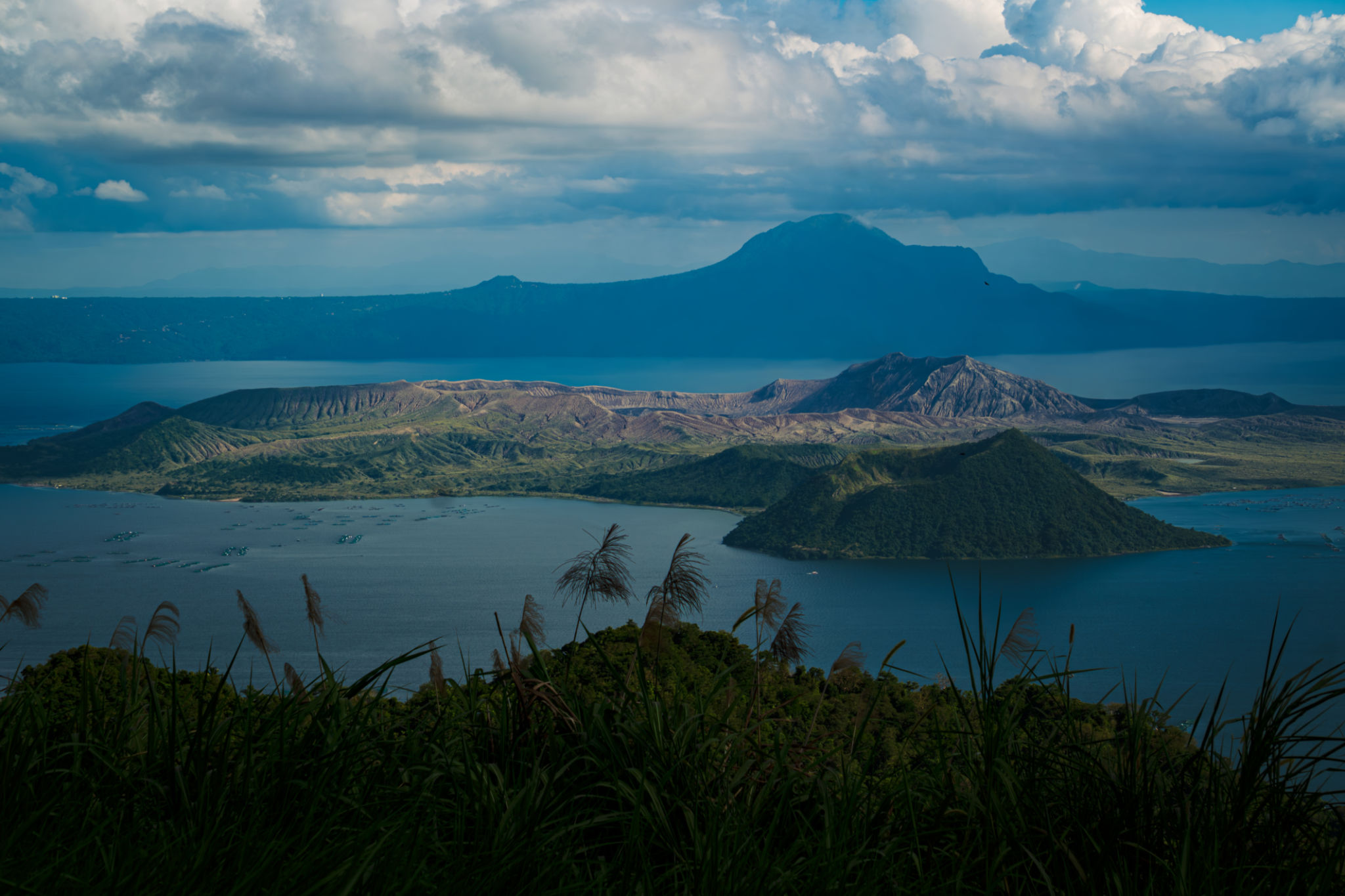How Local Weather in Cavite Impacts Residential Construction Projects
Understanding Cavite's Climate
Cavite, a province in the Philippines, experiences a tropical climate that has a significant impact on residential construction projects. The region typically encounters two main seasons: the dry season from November to April and the wet season from May to October. Understanding these weather patterns is crucial for planning and executing construction projects effectively, as they can influence the timeline, materials, and overall quality of construction.

Impact of the Dry Season on Construction
During the dry season, construction activities can proceed more smoothly due to the minimal risk of rain. This period is ideal for tasks such as laying foundations, masonry work, and roofing. The dry weather allows for faster curing of concrete and a reduced likelihood of water-related issues such as leaks or moisture damage.
However, the intense heat and humidity can pose challenges. Workers must be provided with adequate hydration and protection from the sun to prevent heat-related illnesses. Additionally, the drying process for materials like paint and plaster can be accelerated, which requires careful monitoring to ensure quality.
Challenges of the Wet Season
The wet season in Cavite presents several challenges for residential construction projects. Frequent rain can delay construction timelines and increase the risk of water damage to partially completed structures. It is essential to have contingency plans in place to protect materials and maintain progress during unexpected downpours.

Construction sites must be equipped with proper drainage systems to manage excess water. Without adequate drainage, water can accumulate, leading to potential flooding and erosion. Ensuring that the site is prepared for heavy rain is crucial to avoid disruptions and maintain safety standards.
Choosing Weather-Resistant Materials
Another important consideration for construction projects in Cavite is the selection of weather-resistant materials. Materials that can withstand both the intense heat of the dry season and the moisture of the wet season are ideal. This includes using high-quality concrete, treated wood, and corrosion-resistant metals.
Moreover, investing in durable roofing materials can prevent leaks and structural damage during heavy rains. Proper insulation and ventilation are also vital to maintaining indoor comfort and protecting the building from temperature extremes.

Planning for Seasonal Variations
Effective planning is essential to mitigate the impact of local weather on construction projects in Cavite. Developers should schedule critical tasks during the dry season while allowing flexibility in timelines to accommodate potential delays during the wet season. Regular weather forecasts and updates can aid in adjusting plans as needed.
By understanding and anticipating the effects of Cavite's climate, construction companies can optimize their strategies to ensure both efficiency and quality. This proactive approach not only helps in completing projects on time but also enhances the durability and longevity of residential structures.
Conclusion
The local weather in Cavite plays a pivotal role in shaping residential construction projects. By considering the impacts of both the dry and wet seasons, selecting appropriate materials, and planning meticulously, builders can effectively navigate these challenges. Ultimately, this ensures the successful completion of construction projects that stand the test of time and climate.
